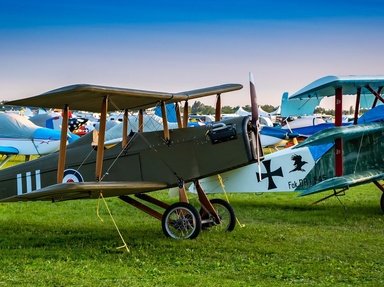18. The British Empire used both British and Commonwealth pilots, and welcomed others as well. The top ace for the British Empire came from Canada. What was his name, which reminds me of playing chess?
From Quiz Flying Aces in the Great War
Answer:
Billy Bishop
The British Empire started the Great War with pilots from several countries that have meanwhile obtained their independence: Ireland (1916), Canada (de facto 1919 and legally since 1931), New Zealand (legally since 1947), India (1947), and South Africa (1931). Some of those pilots flew with the British Royal Flying Corps (that later became the RAF), others with the Royal Navy Air Corps that joined the RAF in 1918.
William Avery Bishop, Jr. (1894-1956) - commonly named Billy - went to the Royal Military College of Canada in 1911-1913, where his excellent marksmanship drew attention. When the war started, Billy enlisted with a cavalry regiment - but several accidents hampered his terrestrial military career. In 1915, Billy switched to the Royal Flying Corps as an observer, and in 1916 he started piloting. His first aerial victory was in March 1917, and then he scored four more within a fortnight. All in all he was credited with 72 confirmed victories, plus a large number of unconfirmed shootings.
Andrew Beauchamp-Proctor (1894-1921) was the top ace from South-Africa. He started his career in the South-African Army and joined the Royal Flying Corps in 1917, where he reached 54 confirmed aerial victories.
Edward Mannock (1887-1918) is listed as the top ace from Great-Britain, although one source mentions that he was born in Cork (Ireland) and another that his parents were Irish. He was credited with 61 aerial victories.
George McElroy (1893-1918) is listed as the top Irish ace, with 47 confirmed victories.







 Quick Question
Quick Question